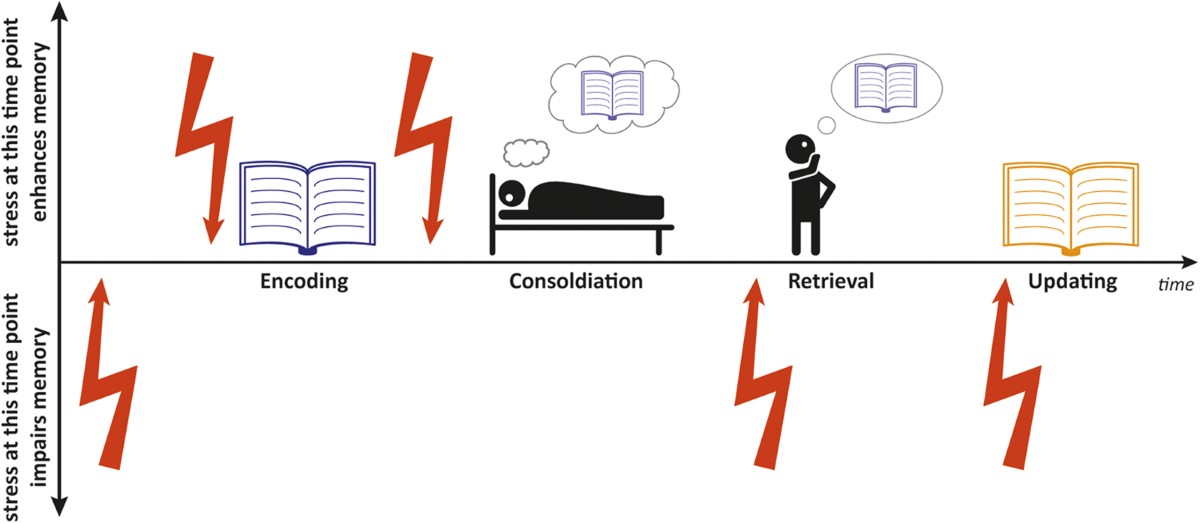
## An In-Depth Exploration of Memory Mechanisms: From Neurons to Forgetting
### Aesthetic Representation of a Neuron
The brain is often likened to the most sophisticated computing systems. With the potential to store computer data equivalent to a petabyte—approximately 100 million gigabytes—its capacity appears nearly infinite. This volume of storage is akin to roughly 4.7 billion books. The human brain houses about 86 billion neurons, 400 miles of capillaries, 100 thousand miles of nerve fibers, and over 10 trillion synaptic connections. Yet, the ironic frustration lies in the fact that despite such immense capability, many individuals face challenges with memory retention, often feeling as if their memories are as delicate as a butterfly caught in a tempest.
So, how can we theoretically accommodate enormous amounts of information while the act of recalling details often feels so elusive? This article delves into what researchers comprehend about memory, how memories are stored and retrieved, the reasons behind forgetting, and strategies for enhancing memory retention.
### What Is Memory, Anyway?
Despite notable advancements in neuroscience, the precise mechanism by which the brain stores memories at the neuronal level remains ambiguous. Nonetheless, various models and theories provide insights into the general functioning of memory. One prominent and foundational framework is the *Atkinson-Shiffrin Model* of memory.
### The High-Level Framework of Memory
#### Sensory, Short-Term, and Long-Term Memory
The Atkinson-Shiffrin Model suggests that the memory process initiates with **sensory input**. This phase involves gathering raw information from visual, auditory, and tactile stimuli—known as iconic, echoic, and haptic memory, respectively. Sensory information can only be briefly retained before it either dissipates or transitions to the next phase.
Subsequently, there’s **short-term memory**, which includes what you are consciously aware of—termed working memory—and fleeting traces of information from the past 15-30 seconds.
Lastly, there is **long-term memory**, which is what most individuals associate with the notion of “memory” itself. Interestingly, long-term memory appears to have no bounds, at least theoretically. This phase enables us to access facts, experiences, and skills stored for extended durations, sometimes perpetually.
### The Memory Formation Process
While the Atkinson-Shiffrin model delineates various memory stages, it does not completely clarify how memories are created and retrieved. However, the **American Psychological Association (APA)** expands upon this concept with a three-phase mechanism: **encoding**, **storage**, and **retrieval**.
#### Encoding: The Initial Step to Remembering
The sensory encounters we experience—whether through reading a book or attending a concert—must be filtered and organized to transform into meaningful memories. During **encoding**, the overwhelming influx of sensory data is distilled to the most pertinent details. This is why you are likely to forget ambient noise during significant conversations, while remembering the impactful words exchanged.
A crucial finding regarding encoding and working memory is how **neuronal cycles** collaborate. Sensory cycles operate at a swift pace of 30-100 cycles per second, whereas working memory functions at a slower tempo of around 3-8 cycles per second. The brain segments sensory input into “chunks” to align with each working memory cycle, which accounts for why most individuals can retain around 5 to 7 items simultaneously.
This inherent “chunking” is a key reason why study methods such as breaking phone numbers into smaller groups facilitate remembrance. When the brain decelerates working memory for concentrated tasks, it boosts the efficiency of encoding, allowing important chunks to be stored more effectively.
#### Storage: Organizing Information
After encoding, information must be **stored**. Here, regions of the brain such as the **hippocampus**, **amygdala**, and **prefrontal cortex** become essential. These areas play a role in labeling memories as positive, negative, or neutral.
– **Positive memories**, flagged by the release of dopamine, are generally more memorable. Research from UC Davis found that participants were more adept at recalling images linked to rewards. Fascinatingly, during rest periods, some subjects revisited these rewarding memories, reinforcing them even more.
– **Negative memories**, however, are swiftly processed via the **amygdala**, the brain’s emotional hub. Such memories tend to be stored automatically, similar to how one instinctively avoids touching fire after experiencing a burn.
In contrast, **neutral experiences** are the least likely to be retained, as their retention is neither motivated by rewards nor punishments.
#### Retrieval: The Act of Remembering Consciously
**Retrieval** pertains to the act of bringing stored memories back into conscious thought. Memories that are frequently retrieved tend to solidify. Therefore, engaging in recall practice—through methods such as flashcards, practice tests, or simple reflection on past events—enhances the likelihood that information will be readily accessible when required.